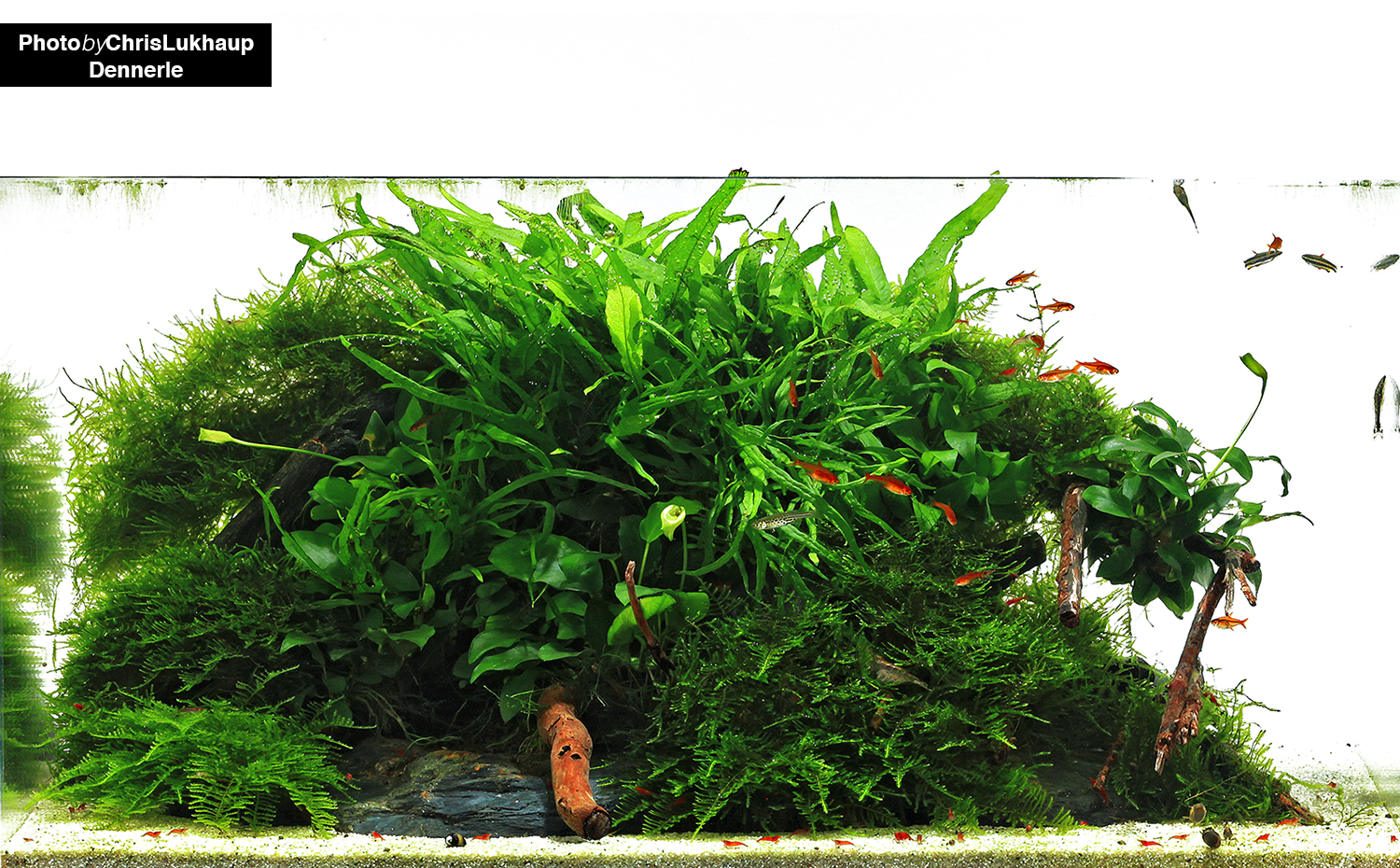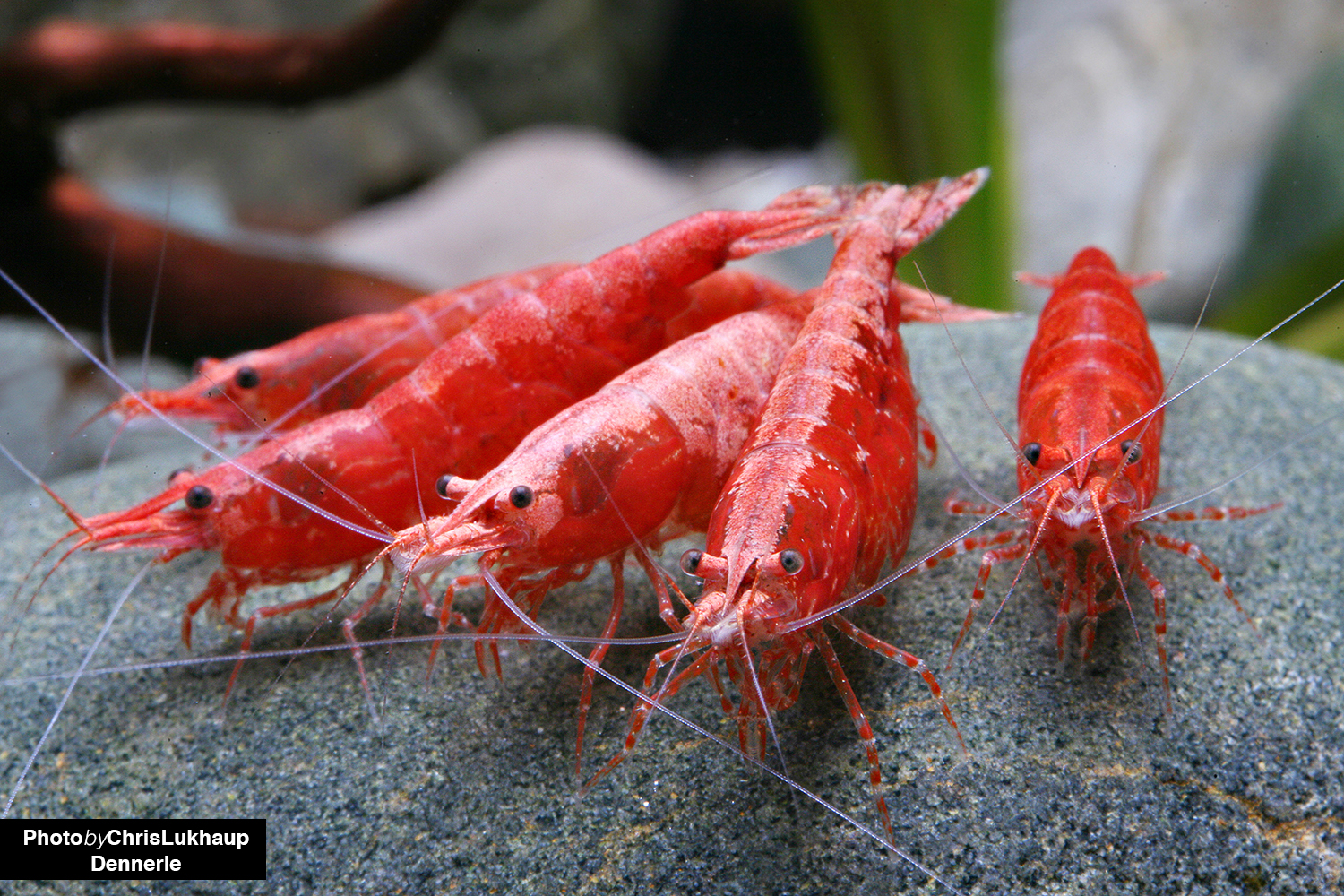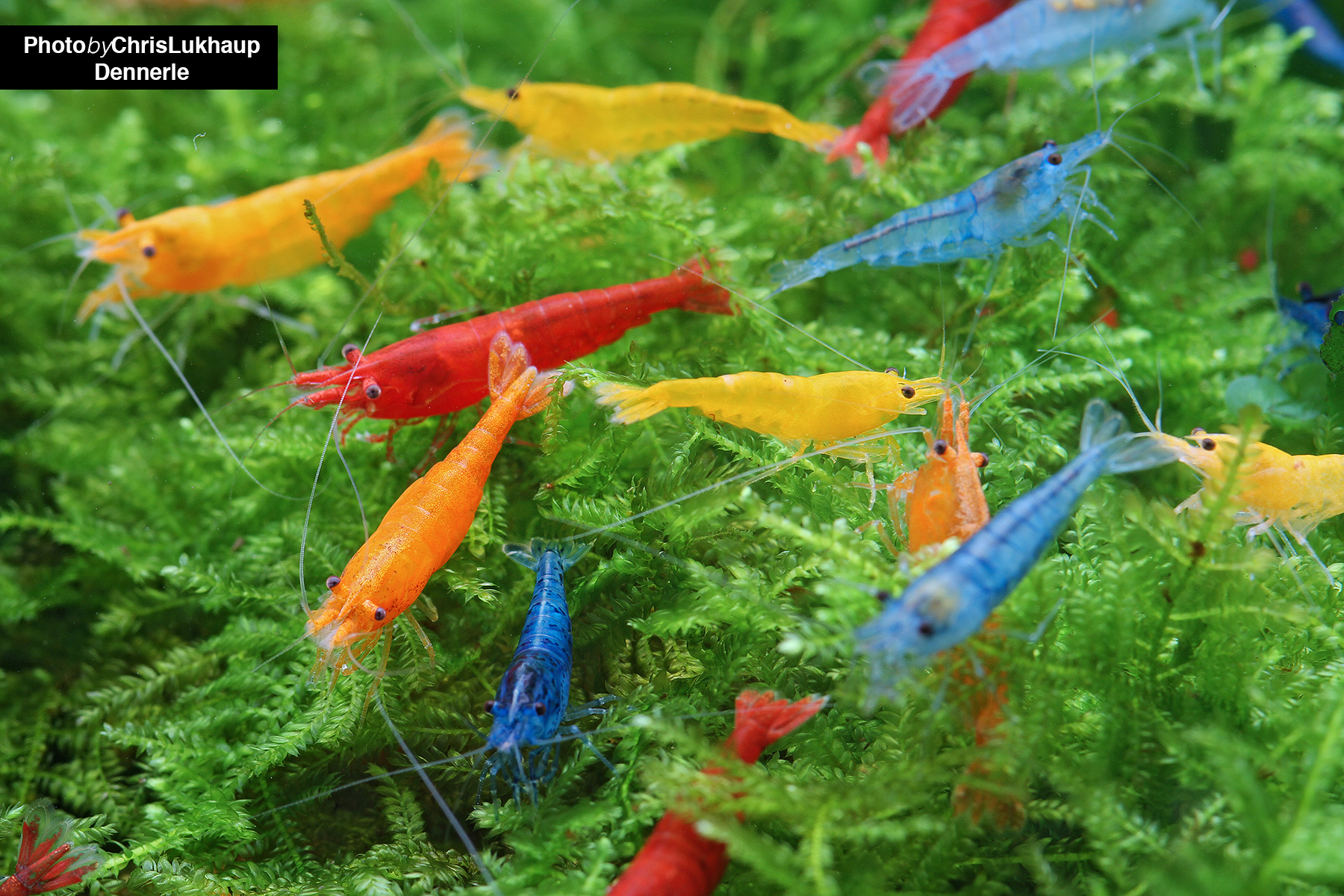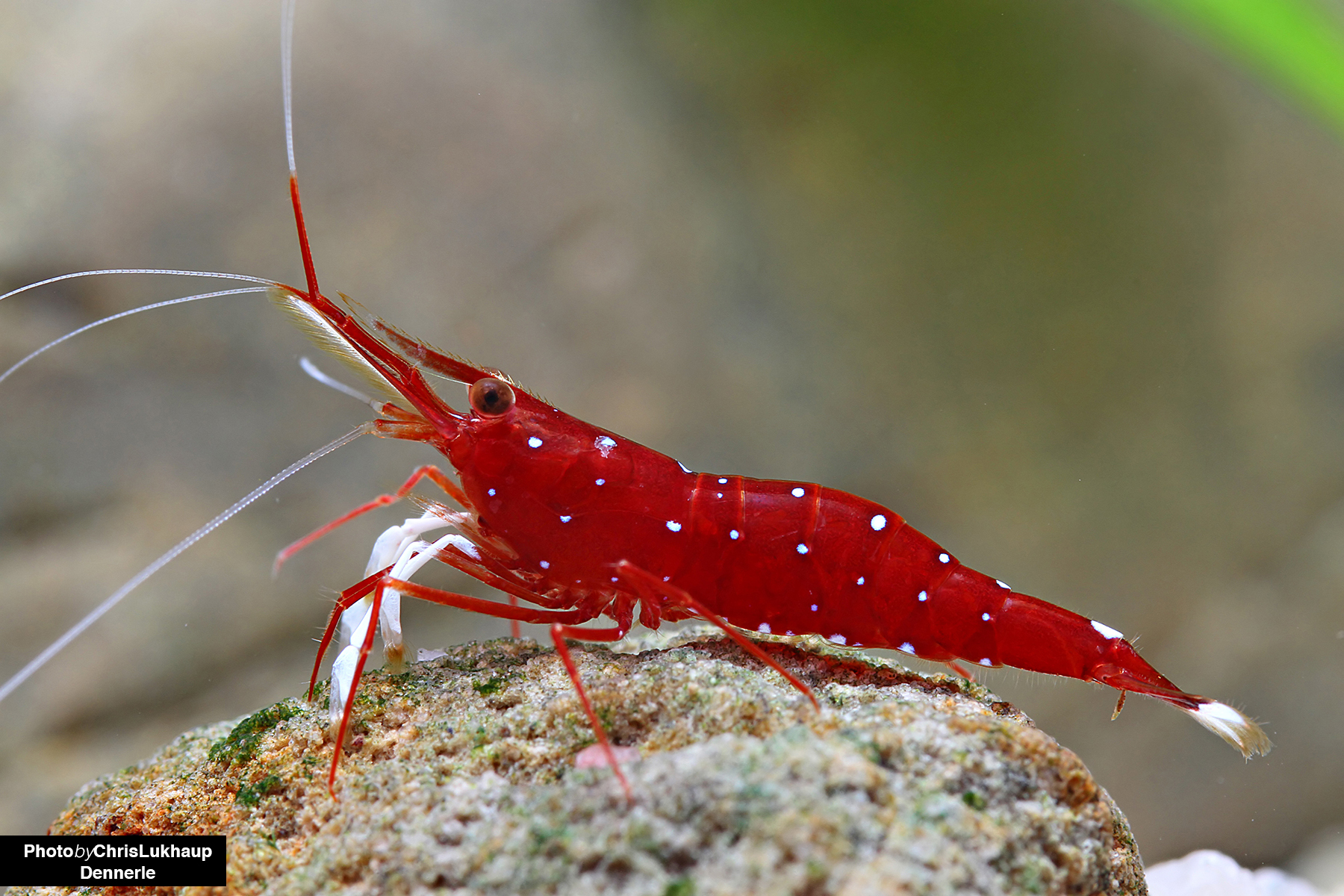10 essential tips for your nano aquarium
Nano aquariums are still very popular, and they are especially popular with beginners. There are several reasons for this - firstly, a small cube is of course much easier to place than a large aquarium, you don't need a special base cabinet and you don't have to call in the structural engineer first, and secondly, of course, it doesn't do as much work. Many have also become quite fed up with the usual standard 54-liter aquarium (preferably still with a heavy black cover made of low-quality plastic) and find the lighter lines and high-quality design of modern nanoaquaristics very pleasant, because visually much more appealing.
Of course, one should always keep in mind that a small aquarium contains much less water volume than a large one, which has the disadvantage that here the buffer is also much smaller. A small amount of water heats up faster and cools down faster, and you can not necessarily look at the accessories only by the price, but must already pay attention to whether the cheaply shot landing net then fits into the mini tank at all ..

Definition Nano Aquarium
We have defined the term nano aquarium for us so: The capacity starts at 10 and ends at 60 liters. Below that we speak of micro aquaristics. Except for a few water fleas or a single small bubble snail, you really shouldn't keep any animals in vessels below 10 liters ... From 10 l upwards, there is already quite a bit more to choose from.
We would like to give you 10 tips on how to turn your nano aquarium into a little green jewel that will adorn your living room, your office, your desk, ... and that will bring a little piece of nature into your four walls.
Tip 1: Choose a suitable location for your nano aquarium
Since small amounts of water heat up faster than large ones, you should make sure that your new nano is not directly illuminated by the sun. In addition to generating too much heat, especially in the summer, you also open the door to algae infestations. Otherwise, you are practically not limited in the choice of space for a nano aquarium. Almost any cabinet or table can support a mini aquarium with 30 liters. If in doubt, ask your carpenter or furniture maker, and a wealth of experience can also be found in aquatics forums and corresponding Facebook groups.
Tip 2: Choose your nano aquarium stock carefully
Nano aquariums are great for keeping small animals, especially the popular dwarf shrimp. In nano tanks under 12 liters, shrimp keeping is possible, but you should weigh well whether you should not give the animals more space. In the 10 liter cube , for example, the colorful post horn snails are an ideal stock. Larger shrimps such as Amanos feel very comfortable in rectangular tanks from 45 to 54 l; they need a lot of space to swim and also want to "make distance" once in a while, so the cube-shaped cubes are not so optimal for them. Fish should not be kept in nano aquariums; there are a few exceptions like fighting fish, which feel comfortable in small tanks; all other fish should also be given more space to swim, like Amano shrimp.
Tip 3: The necessary filter technology in the nano aquarium
Well-planted nano aquariums can also be operated without technical equipment (i.e. without a filter), although we generally recommend filtration for beginners. The system simply runs more stable. Of course, a filteradapted to nano dimensions must be used here, a standard filter for larger aquariums is much too strong and brings much too much flow in the nano. Basically, you are well served as a beginner in nano aquaristics with a complete set. The filters included are already adapted to the size of the nano aquarium, and they are also shrimp-safe.

Tip 4: Heating and cooling in the nano aquarium
Whether a heater is needed depends on various factors. However, the vast majority of dwarf shrimp species can be kept wonderfully without a heater, they originate from temperate to subtropical regions and cope perfectly well with room temperature. For this reason, on the contrary, you should think about cooling the nano aquarium for the summer - as already mentioned, a small amount of water warms up much faster, and at 30 °C air temperature, the water is also not significantly colder. This is much too warm for many shrimp. A cooler is then the remedy of choice. A thermometer is also included in most complete sets - its use is useful for monitoring the temperature, especially in summer.
Tip 5: Plants in the nano aquarium
Even a nano aquarium has a foreground, a middle ground and a background. However, the usual background plants for standard aquariums become much too tall and usually too wide for a nano tank. Most middle ground plants can be used wonderfully for the background in the nano aquarium, while taller foreground plants such as Staurogyne, Needlesimse or Cryptocoryne wendtii are suitable for the middle ground in the nano aquarium. For the foreground one chooses very low remaining plants like Marsilea and Glossostigma. You can also use needle lime, but then you have to cut it back more often, so that it does not become too high. Curved scissors are best for this.
Tip 6: Decoration for a nano aquarium
The beauty of the nano aquarium is that you can realize extremely impressive stone structures with comparatively little material. There are beautiful finely structured rocks such as mini landscape, petrified foliage or lava, with which you can make an aquascape in the nano aquarium look huge. Fine branching small roots are also excellent. You should always pay attention to fine structures and not use too coarse, chunky-looking decorative pieces.

Tip 7: Feeding in a nano aquarium
A nano aquarium has less water volume and can therefore naturally buffer much less water load. Especially when feeding, you must therefore have a good grip. Every now and then a food-free day has never harmed any shrimp. All in all, you should only feed as much as will be eaten in two to three hours. Brown autumn leaves should always be available in the aquarium - in the nano tank one to two brown leaves are sufficient. If you do not have autumn leaves available, you can use sea almond tree leaves . Here, too, smaller pieces are available especially for nano aquariums.
Tip 8: Water change in the nano aquarium
Due to the smaller amount of water, a partial water change of 10 to 30% should be performed once a week in the nano aquarium. The partial water change in the nano is done quickly, even 50% of the water is changed in no time. A large watering can is usually sufficient for this ... with a nano you do not have to lay garden hoses through the apartment. It is important that there are no cleaning agent residues or even fertilizer or spray residues in watering cans or buckets in which the changing water for the nano is transported or prepared. It is best to reserve a bucket or watering can for the aquarium, which is then used exclusively for water changes.

Tip 9: Secure the hose
When changing the water, it can easily happen that a small shrimp or snail is sucked off with it. The hose should therefore be secured with a sponge for sponge filters or a piece of fine pantyhose.
Tip 10: Fertilization
The same applies to fertilizer: standard fertilizer for large aquariums is difficult to dose for nano aquariums. Of course, you can calculate the required amount down to the smaller number of liters, but the division of the dosing aids is then often too coarse. The remedy here is either a nano fertilizer, which can already be dosed appropriately, or an insulin syringe from the pharmacy - without a needle, of course! These syringes have an ultra-fine, highly accurate scale, with which one can dose precisely to the tenth of a milliliter.
But nanoaquaristics is not that different from standard aquaristics ... if you keep an eye on a few things and pay attention to them.
We wish you a lot of fun with your nano aquarium!
